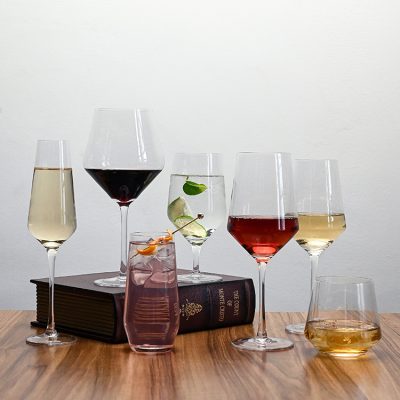Years are to wine, almost dawn is to dewdrops—the essence of the sun and moon condenses in the dewdrops of dawn, and the wine condenses the sunshine, rain and dew of a year and the hard work of countless people.
What is the vintage of wine? When people usually buy wine, they will find that most wine labels or bottles are marked with a year, such as 2015, which is the year of the bottle. The vintage does not refer to the year the wine was released or bottled, but the year the wine grapes used to make the wine were harvested. This bottle of wine marked “2015”, its wine grapes were harvested in 2015.
So why is the year marked on the wine label?
First of all, the vintage is a sign of the age of a wine, and to some extent it indicates the stage of the wine. For most of the wines on the market that are easy to drink, they need to be drunk as soon as possible when they are young, and if you find that these wines are several decades old, then the bottle is generally old. It’s drinking time. However, for those wines with excellent ageing potential, such as the top wines of Bordeaux, even after several decades, they may still be very young. Therefore, we can roughly judge the stage of the wine by comprehensively evaluating the style and vintage of the wine.
Secondly, the vintage can reflect the style characteristics of the wine itself to a certain extent. This is because even the same wine may show different flavors and characteristics in different years. This is because the production of wine is affected by the weather in the region where it is produced, and the weather conditions vary from year to year. Typically, if the year is generally cooler in the region, the wines are likely to be higher in acidity, lower in alcohol, and more refreshing to drink; if the year is mostly dry and hot, then The grapes will be more mature, and the wine will be more aromatic, higher in alcohol and lower in acidity.
Of course, the difference in vintage will be more pronounced for Old World wine-producing countries such as France and Italy, and less so for New World wine-producing countries such as the United States, Australia and New Zealand.
All in all, a vintage is a sign of a wine’s identity and a certain reflection of the style of the wine itself. Understanding the meaning behind a wine vintage can help us better understand the mysteries of wine.



















